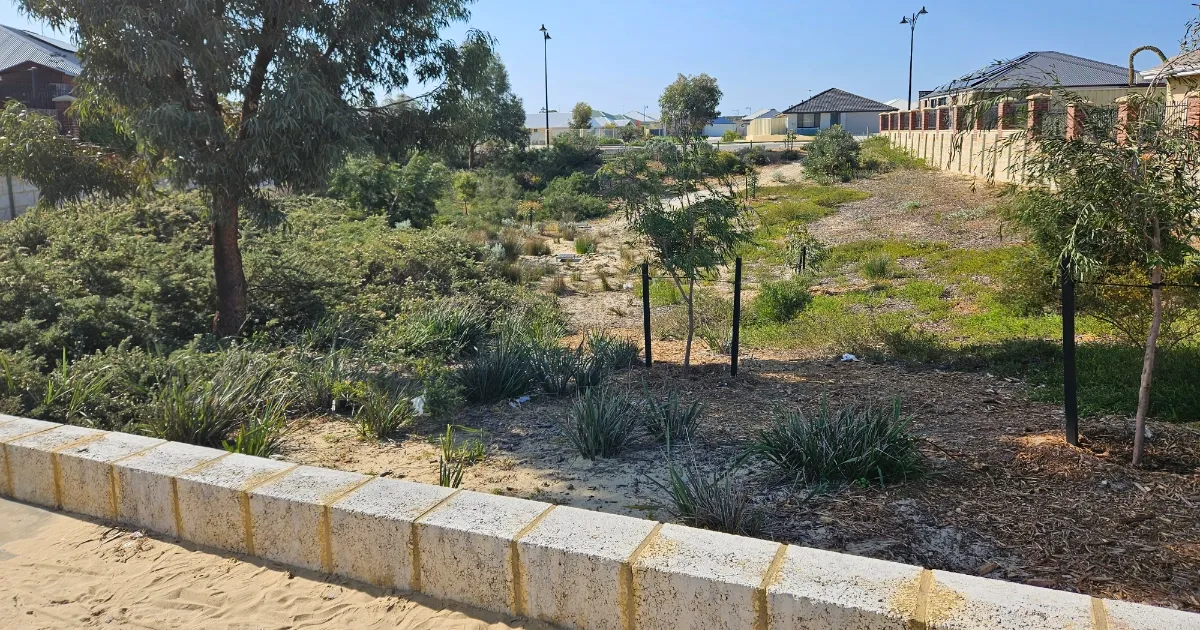
Transforming Drainage Blocks into Vibrant Community Spaces
Building sustainable urban areas that connect people with nature and improve liveability for all.
The Benefits of Converting Drainage Blocks
Transforming drainage blocks into urban green spaces is more than just a functional upgrade—it’s about rethinking urban areas to enrich lives and the environment. Here's what communities and cities alike can gain:
- Community Enhancement: By incorporating walkways, green areas, and seating, these transformed spaces can become gathering hubs that promote interaction and leisure.
- Ecological Gains: Through water-sensitive urban design (WSUD), restoring natural waterways improves both biodiversity and water quality.
- Climate Resilience: Biofiltration wetlands and tree canopies not only shield cities from extreme temperatures but also help mitigate flooding.
- Social and Cultural Impact: These spaces bring people closer to nature and offer opportunities for cultural expression through community art and heritage initiatives.
- Economic Advantages: Enhanced local tourism, better property values, and reduced long-term drainage management costs improve economic sustainability.
Key Processes in Creating Urban Green Spaces
Successful transformation of drainage spaces involves several crucial steps:
- Planning and Design: Ensuring that drainage integration is a priority within urban development projects lays the foundation for success.
- Infrastructure Upgrades: Adding walkways, native vegetation, and biofiltration systems merge ecological enhancements with aesthetic appeal.
- Collaborative Partnerships: Governments, environmental organisations, and local businesses all contribute to making these projects viable.
- Community Engagement: Empowering residents through education and involvement helps sustain these green spaces for future generations.
Real-World Impacts of Drainage Conversions
The transformation of drainage blocks delivers wide-reaching benefits across ecological, social, and economic dimensions:
Ecological Impacts:
- Cleaner waterways and revitalised ecosystems.
- Expanded habitats for native species.
- Improved capacity for climate adaptation.
Social Impacts:
- Access to recreational spaces improves community well-being.
- Preserving heritage through public art celebrates cultural connections.
- Educational programs foster a deeper understanding of sustainability.
Economic Impacts:
- Boosts tourism by creating appealing landmarks.
- Raises property values in surrounding areas.
- Lowers resource costs and reduces long-term maintenance expenses.
Success Stories: Case Studies in Community Transformation
The success of drainage block conversions has been demonstrated in projects worldwide, including these standout examples:
- Lake Street Urban Stream: An urban drainage system reimagined as a living stream with greenery and public walkways, fostering city pride and ecological restoration.
- Albany Centennial Park Wetlands: This once-functional drainage area was transformed into an expansive wetland, providing both water quality improvement and a public amenity.
- Mary Crescent Wetland: A stormwater basin became a thriving ecological site, creating a sanctuary for wildlife and humans alike.
Join the Movement!
Communities thrive when people come together to make meaningful changes. By participating in drainage conversion projects, you can contribute to building sustainable, liveable urban areas. Here’s how you can get involved:
- Volunteer for local projects that revitalise underused drainage spaces.
- Explore educational programs like Waterwise Schools to promote sustainable practices among future generations.
- Reach out for ideas and resources via:
What's Happening in Dawesville?
The aim of the Melros Urban Garden project is to create a hub for recreation, cultural activities, and education in the community. The story of Dawe Street Garden is one of transformation, dedication, and community spirit. It exemplifies how a small group's vision can lead to significant positive change. You can follow their highs & lows on the Dawesville Town Team project page.
By converting drainage blocks into community-focused green spaces, we’re paving the way for sustainable, liveable cities that balance nature and urban living.
Together, we can create thriving environments for future generations!
01 Jan 2025

